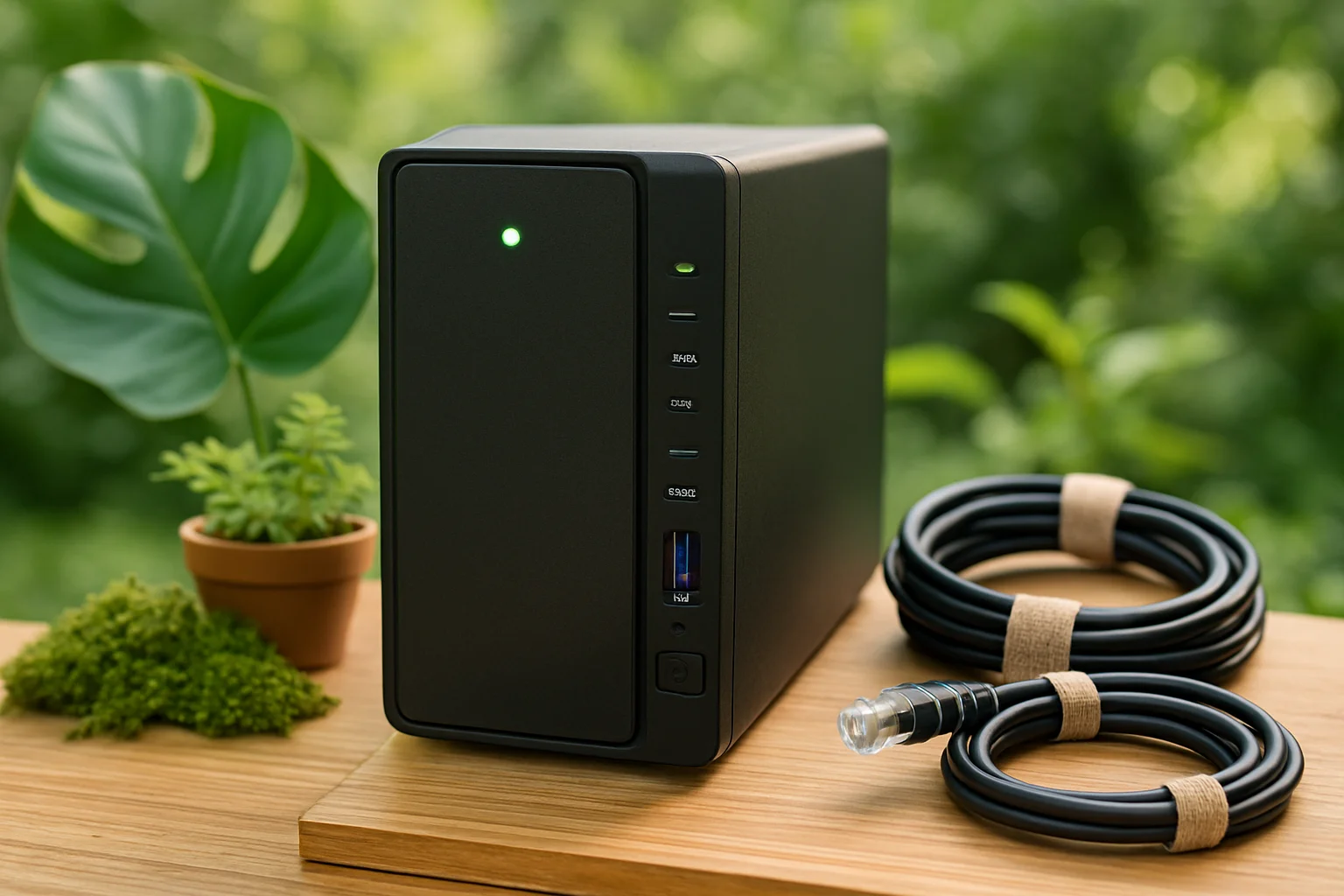Why Eco-Friendly Storage Matters
Storage solutions are more than just practical tools to organize our belongings—they have a significant impact on the environment. Traditional storage options often rely on materials and manufacturing processes that contribute to pollution, resource depletion, and landfill waste. Choosing eco-friendly storage helps address these issues by promoting sustainability at every stage of the product’s lifecycle.
One major reason eco-friendly storage matters is the reduction of plastic waste. Conventional storage containers are typically made from single-use or non-recyclable plastics that persist in the environment for hundreds of years. This plastic pollution threatens wildlife, contaminates ecosystems, and adds to the growing problem of microplastics in our oceans and soil.
Another critical factor is the carbon footprint associated with production, transportation, and disposal. Materials like glass, metal, or sustainably sourced wood can have a much lower environmental impact compared to petroleum-based plastics. Additionally, products designed for durability and reuse reduce the need for frequent replacements, further lowering greenhouse gas emissions over time.
Eco-friendly storage solutions often incorporate renewable or recycled materials, which conserve natural resources and reduce energy consumption. For instance, containers made from bamboo, recycled fabrics, or biodegradable bioplastics support circular economies and encourage responsible consumption patterns.
Beyond environmental benefits, opting for sustainable storage options can also improve health and safety. Many traditional plastics contain harmful chemicals like BPA or phthalates that can leach into food or living spaces. Eco-conscious alternatives tend to avoid these toxins, offering safer choices for households and businesses alike.
Ultimately, prioritizing eco-friendly storage aligns with a broader commitment to responsible consumerism and environmental stewardship. Every small decision, including how we store our possessions, plays a role in minimizing waste, conserving resources, and protecting the planet for future generations.
Understanding the Environmental Impact of Storage Solutions
When evaluating storage solutions from an environmental perspective, it is essential to consider the entire life cycle of the product, from raw material extraction to manufacturing, transportation, usage, and finally disposal or recycling. Each stage contributes differently to the overall ecological footprint.
Raw material extraction often involves mining or harvesting resources, which can cause habitat destruction, soil erosion, and water pollution. For example, producing plastic typically requires petroleum, a non-renewable fossil fuel, while sourcing metals can result in significant energy consumption and landscape disruption.
During manufacturing, energy use and emissions vary widely depending on the material and production process. Plastics often require less energy to shape but involve harmful chemical additives, whereas metals and glass need high-temperature processes that emit greenhouse gases. Additionally, waste generated during manufacturing can contribute to pollution if not properly managed.
Transportation also plays a key role in environmental impact. Storage products shipped over long distances, especially by air or road freight, increase carbon emissions substantially. Local sourcing or manufacturing close to the point of sale can help reduce this footprint.
The usage phase impacts sustainability mainly through product durability and maintenance requirements. Durable, long-lasting storage options reduce the need for frequent replacements, thus lowering resource consumption and waste generation. Conversely, cheaper, disposable products often have shorter lifespans, contributing to more frequent waste accumulation.
Finally, end-of-life management determines how the product affects the environment after use. Storage solutions that are recyclable, compostable, or biodegradable help minimize landfill volumes and pollution. Unfortunately, many conventional storage containers end up in landfills or incinerators, releasing toxins or greenhouse gases.
Understanding these factors allows consumers and businesses to make informed decisions that reduce environmental harm. Prioritizing materials with low embodied energy, opting for durable designs, and ensuring proper disposal or recycling are key strategies for lowering the environmental impact of storage solutions.
Innovative Eco-Friendly Storage Technologies
The advancement of technology has opened new possibilities for creating storage solutions that are both practical and environmentally responsible. These innovations often combine cutting-edge materials science with sustainable design principles to minimize waste and energy consumption.
One notable breakthrough is the development of biodegradable bioplastics, made from renewable resources such as cornstarch, sugarcane, or algae. Unlike traditional plastics derived from fossil fuels, these materials can decompose naturally under the right conditions, significantly reducing long-term pollution. Companies are now producing storage containers, wraps, and bags from these bioplastics, which offer similar durability while being much more eco-friendly.
Recycled and upcycled materials also play a vital role in innovation. Some manufacturers use recycled plastics, fabrics, or metals to create new storage products, closing the loop in the production cycle. For example, storage bins made from 100% recycled plastic reduce the demand for virgin materials and lower carbon emissions associated with extraction and production.
Another exciting development is the integration of smart storage technology designed to optimize space and reduce waste. For instance, modular storage systems equipped with sensors or AI can help users better organize and track their items, reducing the need for excess storage containers and encouraging reuse. This kind of technology not only enhances convenience but also supports sustainable consumption habits.
Natural fiber composites are gaining traction as well. These materials combine plant-based fibers like hemp, flax, or jute with biodegradable resins to create strong, lightweight, and fully compostable storage products. This approach leverages the renewability of natural fibers while avoiding harmful synthetic components.
Additionally, advances in zero-waste manufacturing techniques allow some companies to produce storage items with minimal to no waste. Processes such as precision cutting, 3D printing, or additive manufacturing optimize material usage and reduce offcuts, contributing to a smaller environmental footprint.
Lastly, some innovative storage solutions focus on enhancing product longevity through repairability and modularity. By designing containers with replaceable parts or adaptable configurations, users can extend the life of their storage items instead of discarding them prematurely.
These technologies collectively represent a shift toward smarter, greener storage options that prioritize both environmental responsibility and user needs.
Comparing Carbon Footprints of Popular Storage Solutions
When assessing the environmental impact of storage solutions, one of the most important metrics to consider is the carbon footprint. This measures the total greenhouse gas emissions generated throughout a product’s entire life cycle, including raw material extraction, manufacturing, transportation, usage, and disposal.
Plastic storage containers are among the most common solutions but tend to have a relatively high carbon footprint due to their reliance on fossil fuels and energy-intensive production processes. Although manufacturing plastic containers may require less energy than metals or glass, their short lifespan and low recyclability often result in higher overall emissions over time.
In contrast, metal storage options, such as steel or aluminum bins, generally have a higher initial carbon footprint because metal extraction and refining are very energy-intensive. However, metals are highly durable and recyclable, which can offset their environmental impact if the product is used for many years and properly recycled at the end of its life.
Glass storage solutions tend to have the highest manufacturing emissions due to the high temperatures needed to melt raw materials. Nevertheless, glass is 100% recyclable without quality loss, making it a sustainable choice if reused extensively and recycled correctly. Its inert nature also means it doesn’t release harmful substances into the environment during use or disposal.
Wooden storage products vary in carbon footprint depending on the sourcing and processing methods. Sustainably harvested wood can act as a carbon sink, storing CO2 absorbed during tree growth. However, if deforestation or inefficient manufacturing practices are involved, the carbon footprint can increase significantly. Additionally, treated or composite wood products may introduce chemicals that complicate recycling and disposal.
Textile-based storage, such as fabric bins made from natural fibers or recycled materials, often have a lower carbon footprint compared to plastics or metals. Natural fibers require less energy to produce, and recycled textiles further reduce resource consumption. The durability and washability of these products also contribute to their sustainability.
It is important to note that transportation methods and distances can significantly affect the overall carbon footprint of any storage solution. Products shipped internationally by air freight, for instance, have disproportionately higher emissions compared to locally produced and distributed items.
Lastly, the product lifespan and end-of-life management play crucial roles. Longer-lasting storage solutions with effective recycling or composting pathways tend to have lower carbon footprints over time, as they reduce the frequency of replacement and waste generation.
By comparing these factors, consumers can make more informed decisions about which storage options align best with their environmental values and practical needs.






